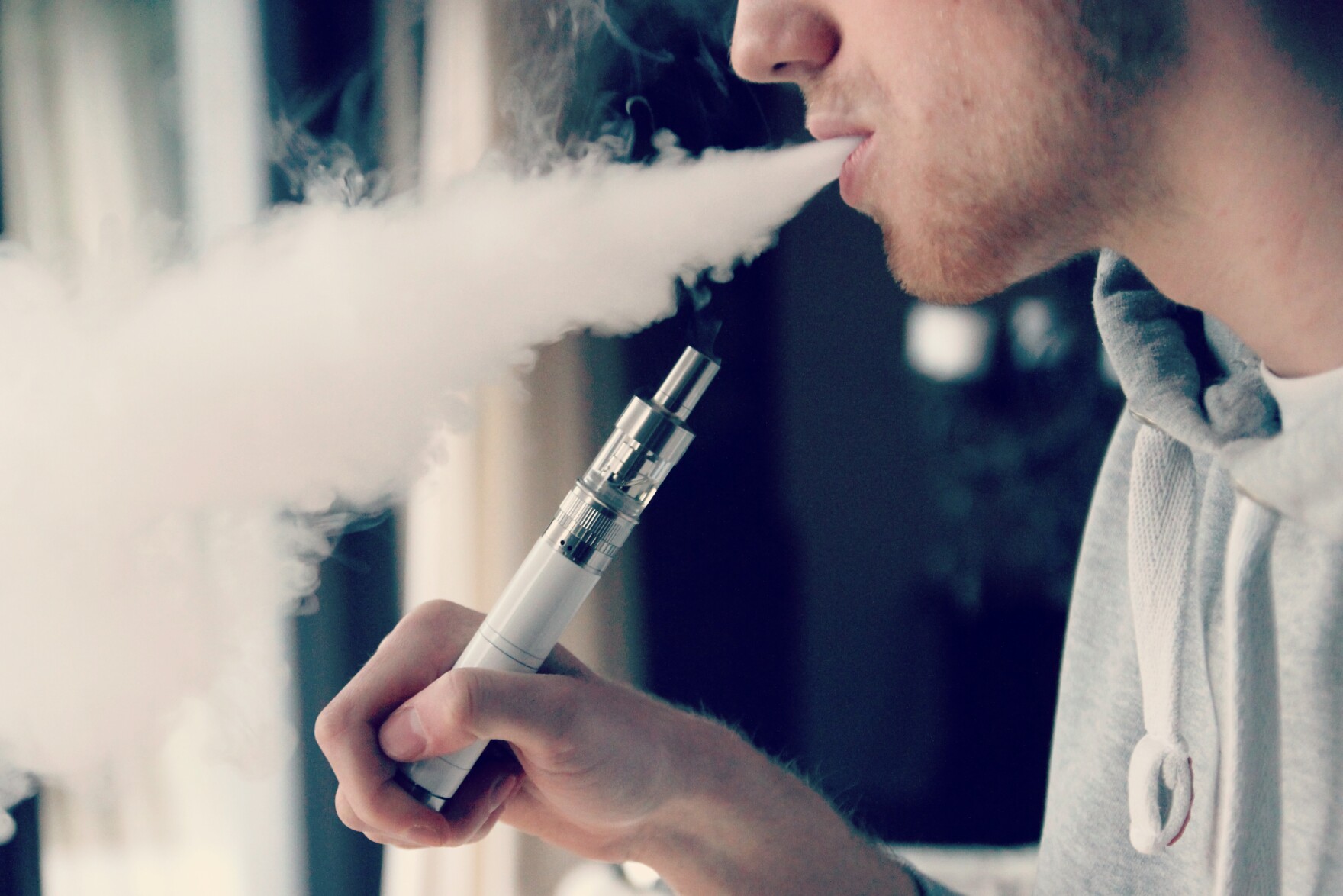Introduction
Vaping, elux firerose a trend that has rapidly gained momentum in recent years, is a practice involving the inhalation of vapor produced by an electronic cigarette or similar device. While initially marketed as a safer alternative to traditional tobacco smoking, vaping has become a subject of intense debate and scrutiny. This article aims to delve into the multifaceted aspects of vaping, encompassing its history, mechanism, health implications, societal impact, and regulatory landscape.
The Birth and Evolution of Vaping
The roots of vaping can be traced back to the early 2000s when Hon Lik, a Chinese pharmacist, invented the modern e-cigarette. Lik, himself a heavy smoker, aimed to create a device that could deliver nicotine without the harmful combustion byproducts associated with traditional cigarettes. His invention marked the inception of vaping culture, which burgeoned into a global phenomenon. Over the years, vaping devices have undergone significant advancements, with sleek designs, customizable features, and a myriad of flavors catering to diverse consumer preferences.
Mechanism and Components of Vaping Devices
Understanding the mechanics of vaping is essential in unraveling its allure and potential risks. Vaping devices typically consist of a battery, atomizer, and a cartridge or tank containing e-liquid, which is heated to produce vapor. The atomizer, powered by the battery, heats the e-liquid, transforming it into an inhalable aerosol. E-liquids, comprising propylene glycol, vegetable glycerin, nicotine, and flavorings, come in a plethora of flavors ranging from fruity to dessert-inspired, catering to a wide audience. The customizable nature of vaping devices allows users to adjust factors such as nicotine strength and airflow, offering a personalized experience.
Health Implications and Safety Concerns
Despite being touted as a safer alternative to smoking, vaping is not devoid of health risks. While it eliminates the harmful combustion byproducts of tobacco, vaping still exposes users to potentially harmful chemicals present in e-liquids and aerosols. Nicotine, the addictive substance found in traditional cigarettes, is a prominent component of e-liquids, posing risks of addiction and adverse health effects, particularly among adolescents and young adults. Moreover, concerns have been raised regarding the long-term effects of inhaling flavorings and other additives present in e-liquids, with studies indicating potential respiratory and cardiovascular implications.
Societal Impact and Regulatory Challenges
The rising popularity of vaping has precipitated a myriad of societal implications and regulatory challenges. Vaping culture, characterized by its ubiquitous presence in social settings and online communities, has garnered a dedicated following, often glamorized by influencers and media portrayals. However, the normalization of vaping, especially among youth, has raised alarm bells among public health officials, who fear a resurgence in nicotine addiction and tobacco use. In response, regulatory bodies have scrambled to enact legislation aimed at curbing underage vaping, restricting flavor availability, and imposing stricter marketing regulations on manufacturers. Nevertheless, the dynamic nature of the vaping industry poses challenges in effectively regulating an ever-evolving market.
Conclusion
In conclusion, vaping represents a complex amalgamation of innovation, controversy, and regulatory challenges. While proponents advocate its potential as a harm reduction tool and smoking cessation aid, detractors caution against its uncertain long-term health implications and societal ramifications. As vaping continues to permeate mainstream culture, it is imperative to adopt a nuanced approach, balancing individual freedoms with public health imperatives. Robust research, stringent regulation, and comprehensive education are pivotal in navigating the intricate landscape of vaping, ensuring informed decision-making and safeguarding public health.

